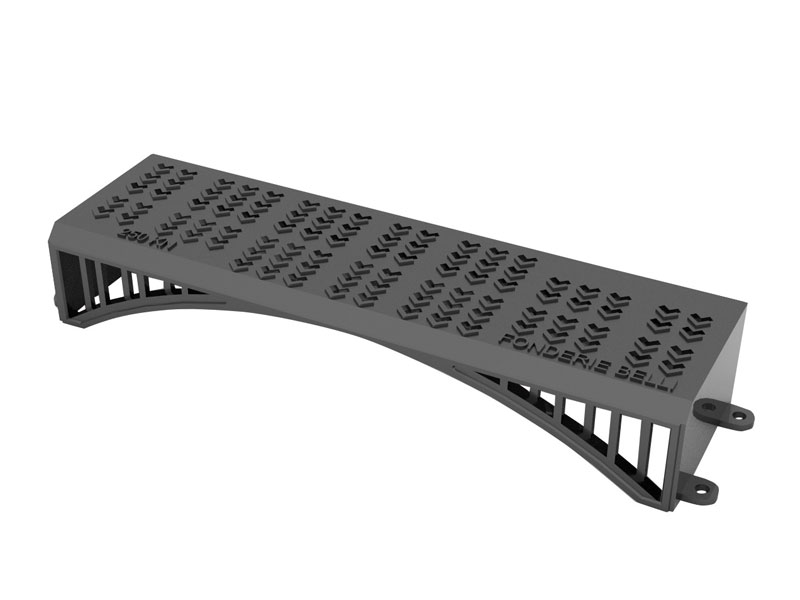Description
Square shaped grating in ductile iron EN-GJS-500-7 conforming to the norm UNI EN 1563:2012
TECHNICAL SHEET
It is composed of 2 pieces (frame and cover) connected to each other by threaded bolts. The drainage channel is made to be positioned on the side of highways and viaducts where it is necessary to collect water, not only from the road surface, but also from the same draining asphalt .Their installation consists of a continuous line of elements for the whole length of the road to be drained.
The dispersion of water absorbed by the road surface is guaranteed through 18 flow holes, which have an overall section of 80 cm (the reduced section of the flow holes guarantees that any rubbish from the road surface do not fall inside the channel). The water from the road surface is collected by 3 drainage holes which have an overall section of 24.5 cm2 . The inside gathering channel of the water, that comes from both the road surface and the draining asphalt, has a useful section of 140 cm2.A male/female system allows a proper connection between continuous elements and improves the hold of the drainage channel. The disposal of water through the channel comes out through special elements fitted with overflows, which allow the connection to the clean water drainage system.
STANDARD EN 124 CLASSIFICATIONS AND PLACES OF EMPLOYMENT
Manhole covers, gullies and gratings can be distinguished into the following classes: A15, B125, C250, D400, E600 ed F900.
Group 3 (Class C250 minimum) For gullies installed in kerbside channels of the pavement which , extends to 0.5 m in the road and to 0.2 m top on the pavement, when measured from the edge.
THE APPROPRIATE LOADING CLASS CHOICE IS UP TO THE WORKS DIRECTOR. IN CASE OK DOUBT (SUCH AS PARTICULARLY INTENSE TRAFFIC OR VERY HIGH LOADS AREA), IT WOULD BE APPROPRIATE TO CHOOSE A SUPERIOR LOADING CLASS.
Technical Datasheet (PDF download)









